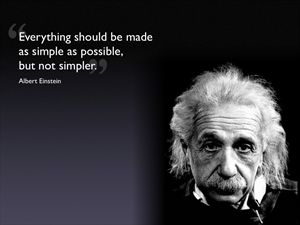WHICH MODE
SHOULD WE USE?
by Mike Starling
A key part of any Transportation Strategy is deciding what Transportation Mode to utilize in any given Origin-Destination shipping lane. Mode choices are finite — Road, Rail, Air, Water, (and Pipeline, if you need it). Mode Selection will take into account the product to be shipped, delivery timing requirements, freight expense, assessorial services required, and business or customer delivery specifics. While each mode has an inherent advantage, (i.e., the type of shipment it is best suited for) a thorough cost-benefit analysis may reveal that the best choice is not the obvious choice.
For example, in the domestic arena there are some areas where modes tend to overlap, and in these areas mode selection requires close scrutiny. For example, small package CWT program vs. LTL? Or LTL vs. Multi-Stop Truckload. Or Long Haul Truckload vs. Inter-Modal? These are all areas where leaning on some experienced help will generate significant cost savings and service improvement.
 When it comes to mode choice for international transportation, the most commonly employed options are air and water, but your Origin-Destination pair could involve road and/or rail. Take our NAFTA situation (Canada-USA-Mexico). The majority of shipments here are by road and rail, and air is most often employed for high priority or expedited shipments.
When it comes to mode choice for international transportation, the most commonly employed options are air and water, but your Origin-Destination pair could involve road and/or rail. Take our NAFTA situation (Canada-USA-Mexico). The majority of shipments here are by road and rail, and air is most often employed for high priority or expedited shipments.
Similarly, there can be modal challenges in international as well, but they tend to be much more subtle. Take air freight, for example. While pricing is somewhat analogous to the weight-break pricing of LTL, pricing is weight and measure-based (whichever is greater), and the key to freight expense is the service level choice to meet specific delivery requirements. (Next flight out? Expedited? Standard?) Pick the wrong one, and it will cost you a fortune. Also consider the value of the merchandise being shipped vs. the freight expense if you actually expect to generate a profit on the sale.
Is there a modal challenge involved with international ocean? Yep. But it doesn't necessarily involve the ocean-shipping portion of the move. The mode choice to get your shipment to or from the port can be a critical part of either landed cost or required transit time. This can comprise up to 50 percent of the ocean freight charge. Cost-benefit comparison of the various modes vs. your requirements is a must.
So, first comes Transportation Strategy and Alignment with Corporate Strategic Goals. Second is identification of origin-destination nodes for baseline mapping of your transportation network. Then comes Mode Choice Evaluation, Comparison, and Selection. Do it right to ensure that you deliver the best service performance while achieving optimal operational cost control.


